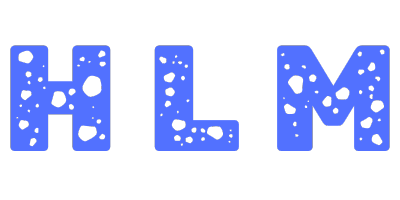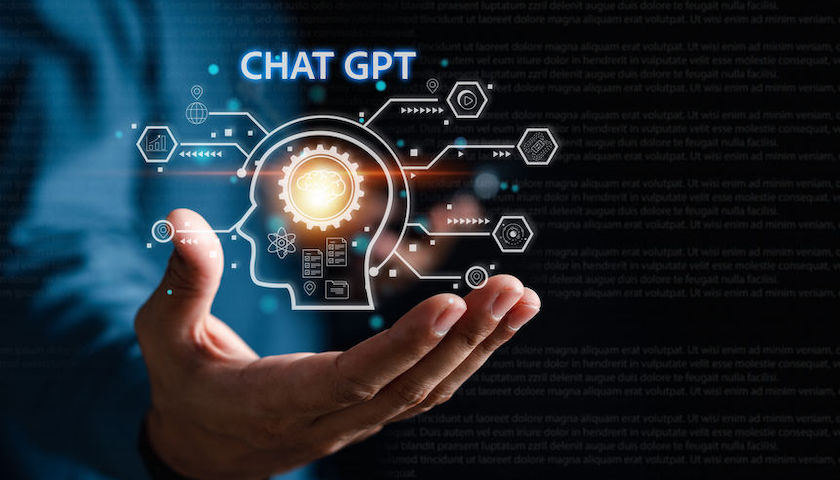OpenAI released Chat GPT for public use, an advanced AI chatbot that can answer queries and generate content. It functions like an enhanced autocomplete system, taking input in the form of questions and generating responses that it expects are relevant answers. This technology is incredibly powerful, but like any tool, it comes with both risks and benefits. In this blog post, we will explore the potential advantages and pitfalls of Chat GPT, so you can use it effectively and responsibly.
What is Chat GPT?
Chat GPT, developed by OpenAI, is an AI-based chatbot that leverages natural language processing to engage in human-like conversations. It can assist users by answering questions, generating text, summarizing information, and even offering advice. In essence, it acts similarly to how your phone suggests the next word when you type a message, but on a much more advanced scale. Chat GPT has been designed to predict and generate text based on the prompt it receives, making it a versatile tool for various applications.
The Benefits of Chat GPT
Content Creation and Brainstorming
Chat GPT is excellent for generating blog posts, articles, and other content in seconds. It is a great brainstorming tool for those needing a fresh perspective or an initial draft to work with. For example, it can help write a blog post on effective communication for engineers, offering general yet relevant ideas.
Summarizing and Simplifying Information
The AI is skilled at summarizing complex information and making it accessible. If you have a lengthy document or article, Chat GPT can provide a concise summary, which can be highly useful for quick learning or presenting information to a broader audience.
Customer Support Assistance
Businesses can integrate Chat GPT for customer service purposes, providing automated responses to frequently asked questions. This can save time and reduce the workload on human support teams, enhancing efficiency.
Language Translation and Learning
Chat GPT can help with language learning and translation. It can translate text between languages and provide explanations of grammar or vocabulary, making it useful for language learners.
Coding Assistance
Developers can use Chat GPT for coding assistance, including generating code snippets, explaining complex functions, and helping debug code. It’s like having a programming assistant at your disposal.
The Risks of Chat GPT
Inaccuracy and Hallucinations
One of the biggest challenges with Chat GPT is that it often presents false information confidently. The AI is designed to produce coherent responses, but it may lack accuracy. For example, when asked to compose a Haiku, it might generate text that doesn’t adhere to the correct 5-7-5 syllable structure while still sounding correct.
Dependence on Existing Data
Chat GPT relies on the data it was trained on, which means it may not have knowledge of recent events or specialized topics that were not included in its dataset. This dependence can lead to incomplete or outdated information.
Bias in Responses
AI models like Chat GPT can reflect biases present in the data they were trained on. If the training data contained biased or skewed information, the AI might reproduce that bias in its responses, leading to unethical or problematic outputs.
Security and Privacy Concerns
Using Chat GPT involves sharing information with an AI, which raises privacy concerns. It’s essential for users not to input sensitive or personal information, as it could be stored or used in ways that compromise privacy.
Over-Reliance and Lack of Critical Thinking
Relying heavily on Chat GPT can reduce one’s ability to think critically or fact-check information. Since Chat GPT can be “very good at being wrong but sounding right,” it’s vital for users to verify the information independently before using it.
Use Cases for Chat GPT
General Advice and Brainstorming: Chat GPT is helpful when you need general advice or want to brainstorm ideas. For instance, it can provide suggestions on travel destinations or strategies for improving productivity.
Improving Writing and Communication: In contexts like engineering communications, Chat GPT can help phrase ideas more effectively, offering broad overviews or acting as a starting point for more detailed content.
Coding and Technical Help: Chat GPT is an asset for developers who need help debugging code, understanding programming concepts, or generating boilerplate code. However, it should not be treated as an infallible source, and all code should be carefully reviewed.
Tips for Using Chat GPT Effectively
Fact-Check Information: Always verify the information provided by Chat GPT, especially if you are using it for decision-making or educational purposes.
Use for General Guidance, Not Specifics: Chat GPT is more effective for general information or guidance rather than highly specialized or critical topics where accuracy is crucial.
Maintain Privacy: Avoid sharing sensitive or personal information with the chatbot, as privacy cannot be guaranteed.
Combine with Human Judgment: Use Chat GPT as a tool to assist you, but always apply human judgment and critical thinking before acting on its responses.
Frequently Asked Questions about Chat GPT
Q1: What is Chat GPT?
Chat GPT is an AI chatbot developed by OpenAI that uses natural language processing to engage in human-like conversations, answer questions, and generate content.
Q2: What are the benefits of using Chat GPT?
The benefits of Chat GPT include content creation, summarizing information, customer support, language translation, and coding assistance.
Q3: What are the risks associated with Chat GPT?
Risks include inaccuracy, outdated information, biases in responses, privacy concerns, and over-reliance that can hinder critical thinking.
Q4: Can I use Chat GPT for learning new skills?
Yes, Chat GPT can help you learn new skills by explaining concepts, providing examples, and answering questions. However, it’s important to verify the information through trusted sources.
Q5: How accurate is the information provided by Chat GPT?
Chat GPT can provide accurate information, but it is not always reliable. It may generate false information that sounds correct, so it’s essential to fact-check its responses.
Q6: How does Chat GPT generate its responses?
Chat GPT generates responses by predicting what text is most likely to follow a given prompt based on the data it was trained on. It doesn’t “understand” in the human sense but rather predicts based on patterns.
Q7: Can Chat GPT replace human experts?
No, Chat GPT cannot replace human experts, especially for specialized or critical topics. It’s a tool that can assist but lacks the depth of knowledge and critical thinking that human experts provide.
Q8: Is it safe to use Chat GPT for business purposes?
It can be safe to use Chat GPT for certain business applications like drafting content or answering general inquiries. However, it’s essential to be mindful of privacy concerns and avoid sharing sensitive information.
Q9: How can businesses use Chat GPT effectively?
Businesses can use Chat GPT for customer support, content creation, brainstorming, and coding assistance. It is most effective when used as a supplement to human efforts rather than a complete replacement.
Q10: What precautions should I take when using Chat GPT?
Ensure that you fact-check the responses, maintain privacy, and use the tool for general guidance rather than critical decision-making.
Conclusion
Chat GPT is a powerful tool with the potential to transform how we work, learn, and communicate. It provides numerous benefits, such as content creation, brainstorming, and customer support, but it also comes with risks like inaccuracy, bias, and privacy concerns. By using Chat GPT thoughtfully—fact-checking its output, maintaining privacy, and combining its capabilities with human judgment—we can harness its benefits while mitigating its risks.
As AI technologies like Chat GPT become more prevalent, the importance of critical thinking and fact-checking becomes even more significant. Users must remain vigilant to ensure that the information they rely on is both truthful and reliable, thereby responsibly embracing the future of AI-driven interactions.


